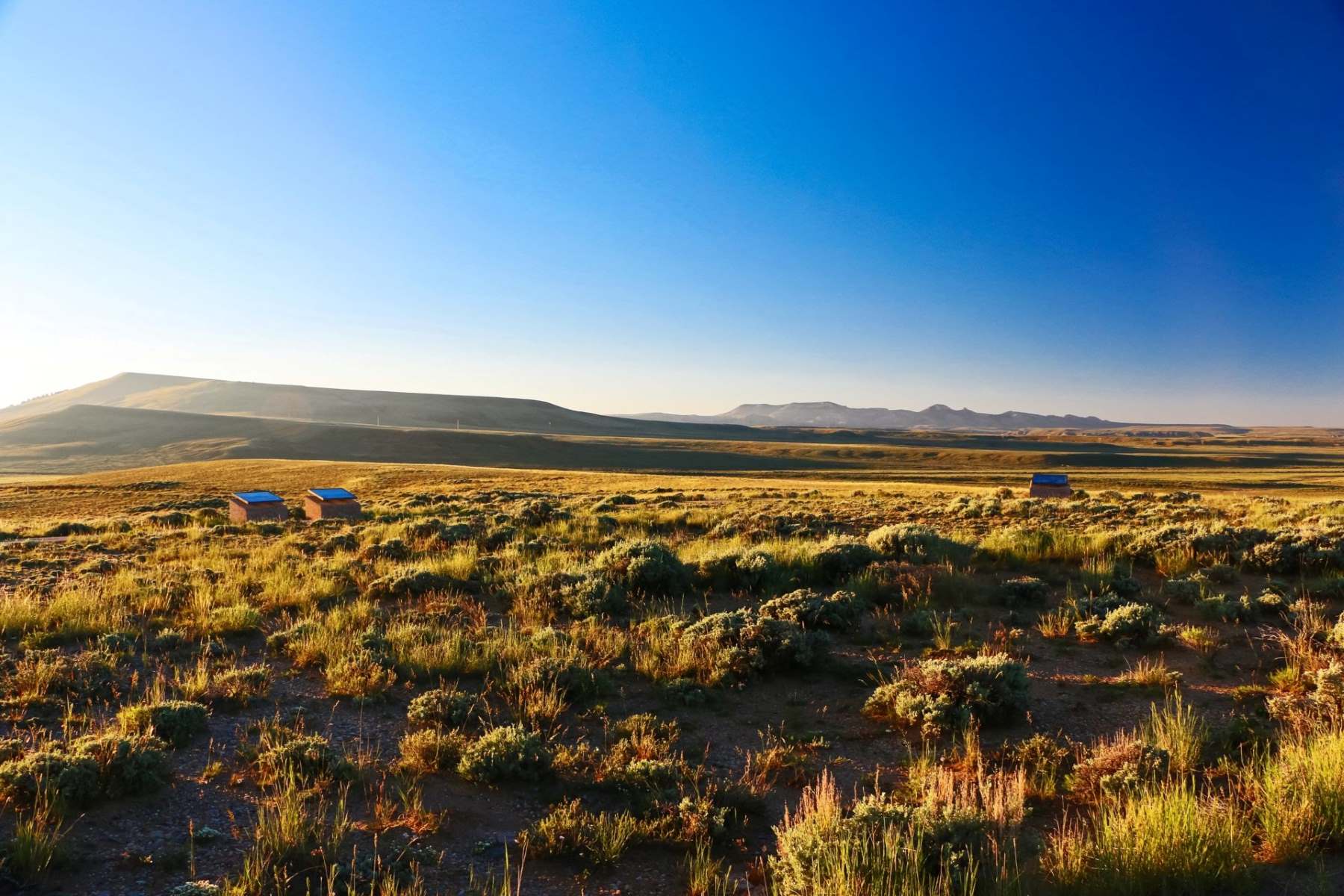Lost Trading Routes Of Wyoming’s South Pass

Have you ever wondered about the lost trading routes of Wyoming's South Pass? This historic corridor, nestled in the Rocky Mountains, played a crucial role in the westward expansion of the United States. During the 19th century, thousands of pioneers, traders, and explorers traversed this path, seeking new opportunities and adventures. South Pass served as a gateway, connecting the eastern states with the untamed West. Today, remnants of these trails whisper stories of the past, inviting curious minds to imagine the bustling activity that once filled this rugged landscape. From wagon ruts etched into the earth to abandoned trading posts, each trace offers a glimpse into a time when the promise of new beginnings drove people to brave the unknown. Join us as we journey through history, uncovering the secrets of Wyoming's South Pass and its once-thriving trading routes.
Discovering Wyoming's South Pass
Wyoming's South Pass is a hidden gem, rich with history and stories of the past. This area was once a bustling hub for traders and travelers. Let's journey through some of the lost trading routes that made this place a significant part of American history.
The Oregon Trail
The Oregon Trail was one of the most famous routes that passed through South Pass. It was a pathway to the west for thousands of pioneers seeking new opportunities.
- Independence Rock: A massive granite rock where travelers carved their names, leaving a lasting mark on history.
- Fort Bridger: A trading post that served as a vital resupply point for those on the trail.
- Sweetwater River: A crucial water source that provided relief to weary travelers.
The Mormon Trail
The Mormon Trail was another significant route that intersected with South Pass. It was used by members of The Church of Jesus Christ of Latter-day Saints on their way to Utah.
- Devil's Gate: A narrow gorge that was both a landmark and a challenge for those on the trail.
- Martin's Cove: A site of historical significance where many pioneers faced harsh conditions.
- Rocky Ridge: A difficult climb that tested the endurance of travelers.
The Pony Express
The Pony Express was a short-lived but legendary mail service that passed through South Pass. It connected the east and west coasts of the United States.
- Simpson's Hollow: A relay station where riders would change horses and continue their journey.
- Pacific Springs: A vital water stop for both riders and their horses.
- Three Crossings: A challenging section of the route known for its dangerous river crossings.
The Overland Trail
The Overland Trail was a stagecoach and wagon route that provided an alternative to the Oregon Trail. It was used by those seeking a faster journey west.
- South Pass City: A once-thriving mining town that now stands as a ghost town, echoing the past.
- Atlantic City: Another mining town that played a role in the region's development.
- Miner's Delight: A small settlement that was part of the gold rush era.
The California Trail
The California Trail was a route used by gold seekers heading to California during the Gold Rush. It intersected with South Pass, adding to the area's historical significance.
- Fort Laramie: A military post that became a key stop for those on the trail.
- Sublette Cutoff: A shortcut that saved travelers time but required crossing a waterless desert.
- Green River: A major river crossing that was both a challenge and a necessity for those heading west.
Reflecting on Wyoming's Historic Trails
Wyoming's South Pass holds a treasure of stories from the past. This area was once a bustling hub for traders, pioneers, and explorers. Each trail and path tells a tale of adventure, hardship, and discovery. The Oregon Trail, California Trail, and Mormon Trail all converged here, making it a key spot in American history. These routes were lifelines for many seeking new beginnings in the West. Today, South Pass offers a glimpse into that vibrant past. Visitors can walk the same paths and imagine the sights and sounds of wagons and travelers. Preserving these trails is crucial for future generations to understand and appreciate the challenges and triumphs of those who came before. Exploring South Pass is not just a journey through geography but a step back in time, connecting us to a rich and rugged heritage.

